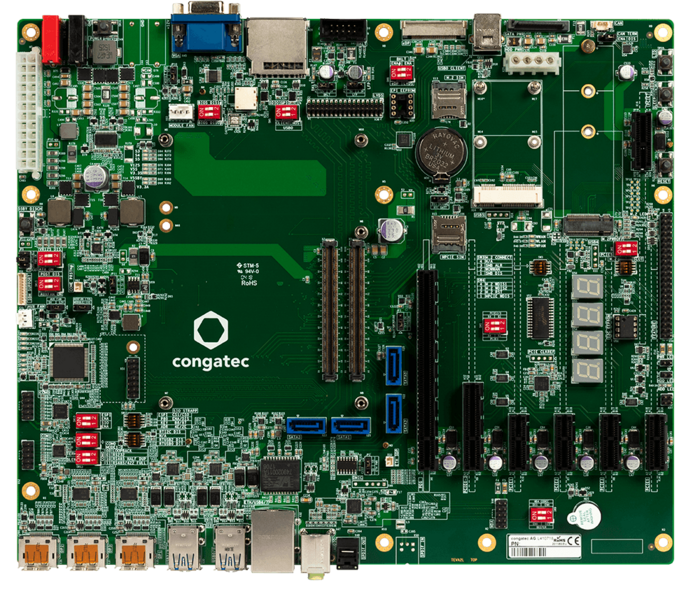

COM Express has become a popular standard in embedded computing, offering flexibility and scalability for a wide range of applications. When designing with a COM Express module, it’s essential to follow best practices and consider various factors to ensure optimal performance and reliability. This guide will explore key aspects of designing with COM Express and provide insights to help you make informed decisions.
Understanding COM Express
Before diving into design considerations, let’s briefly review what COM Express is:
Selecting the Right COM Express Module
Choosing the appropriate COM Express module is crucial for your design:
Form Factor Considerations
COM Express modules come in different sizes:
a) Basic (95mm x 125mm)
b) Compact (95mm x 95mm)
c) Mini (84mm x 55mm)
d) Micro (70mm x 70mm)
Select the form factor that best fits your space constraints and feature requirements.
Carrier Board Design Best Practices
The carrier board is where you’ll integrate your COM Express module. Keep these points in mind:
Power Design Considerations
Proper power design is critical for COM Express implementations:
Thermal Management
Effective cooling is essential for COM Express designs:
Signal Integrity and EMC
Maintaining signal integrity and electromagnetic compatibility is crucial:
a) Use controlled impedance routing for high-speed signals
b) Implement proper grounding and shielding techniques
c) Consider using buried or blind vias for sensitive signals
d) Perform signal integrity simulations during the design phase
BIOS and Software Considerations
Software plays a significant role in COM Express designs:
Connector and Interface Design
Pay careful attention to connector and interface design:
Testing and Validation
Thorough testing is essential for reliable COM Express designs:
Scalability and Future-Proofing
One of the key advantages of COM Express is its scalability:
a) Design your carrier board to accommodate future module upgrades
b) Consider implementing unused features for potential future use
c) Document your design thoroughly for easy maintenance and updates
d) Plan for long-term availability of components
Industry-Specific Considerations
Different industries may have unique requirements:
Tailor your COM Express design to meet these specific needs.
By following these best practices and carefully considering various design aspects, you can create robust and efficient systems using COM Express modules. Remember that each application is unique, and it’s essential to adapt these guidelines to your specific requirements. With proper planning and execution, COM Express can provide a flexible and powerful foundation for your embedded computing needs.
The modular nature of COM Express allows for easier upgrades and maintenance over the life of your product. By separating the core computing functions on the COM Express module from the application-specific interfaces on the carrier board, you can quickly adapt to changing technology or market demands. This approach can significantly reduce development time and costs for future product iterations while maintaining compatibility with existing systems.
In the modern business landscape, maintaining robust connectivity across devices and equipment provides invaluable visibility…
It is normal to think of dark web monitoring from the perspective of the company…
The Evolution of Inventory Tracking RFID inventory management software is transforming how businesses track, manage,…
The Unexpected Costs of Unprotected Windshields Polaris Ranger windshields protection is more than just a…
Probably one of the best things people do to secure their finances is the purchase…
The iPhone 15 is still a great buy Released in 2023, the iPhone 15 brought…